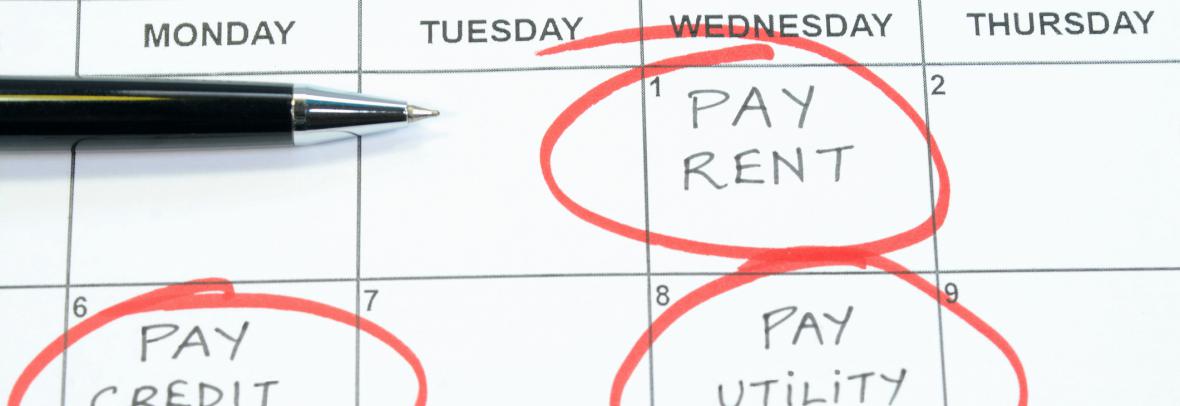
The U.S. Treasury-funded program spent over $1.3B, helped 228K residents and closed to applications on May 12 – but some local programs may still offer aid.
TALLAHASSEE, Fla. – The only statewide, government-funded initiative that helped residents struggling to afford recent price hikes in the rental housing market is no longer accepting applications.
OURFlorida, an emergency rental assistance program funded by the U.S. Department of the Treasury, closed to applications May 12, according to a news release on the program’s website, citing it had allocated all its available funding.
The program spent over $1.3 billion aiding over 228,000 residents who were behind on rent or utility payments, according to a news release.
Florida had about 2.7 million renters in 2019, according to the most recent data estimate from the University of Florida’s Shimberg Center for Housing Studies. That number could be much higher now, as thousands of people flocked to the Sunshine State amid the coronavirus pandemic after remote employment became the norm and people searched for more outdoor recreation and a better quality of life.
Moreover, about 71% of low-income Florida renters and 42% of middle-income residents are expected to be cost-burdened this year – or spend more than 30% of their income on housing – according to the National Low Income Housing Coalition.
Those statistics are likely to worsen, the coalition’s vice president of research, Andrew Aurand, told TCPalm last month.
“Low-income renters were struggling to afford their rent even before the pandemic, and even before this significant spike in rents,” Aurand said. “If they’re severely cost-burdened by housing, they cut back on other necessities: food, medical care, other things that they need.”
Florida rental market skyrocketing
Florida rent increased about 32% between 2019 and 2021, according to data from ApartmentList.com.
In April, Florida housing markets accounted for eight of the nation’s Top 10 with the biggest rent increases over the year, based on a monthly index by Florida Atlantic University, Florida Gulf Coast University and the University of Alabama.
- Fort Myers: 32.38%
- Miami-Fort Lauderdale: 31.7%
- North Port-Sarasota-Bradenton: 30.88%
- Tampa: 26.93%
- Port St. Lucie: 25.54%
- Lakeland: 23.92%
- Orlando: 23.7%
- Melbourne: 22.46%
There are a few reasons industry professionals cited as the catalyst behind these recent price hikes: high demand, low inventory and a lack of affordable housing.
Florida rental assistance
An OURFlorida spokesperson would not answer TCPalm’s questions about the program on the record, but it could receive more funding in the future, according to Kody Glazer, legal director of the Florida Housing Coalition. The Department of the Treasury could reallocate funding not entirely used in other municipalities to markets, such as Florida, that have run out and are still in dire need. But until that happens, there is no statewide rental assistance program available to Florida residents.
That burden now falls on local governments, Glazer said.
“It really depends where a person is living and what their local government is doing about it,” he said. “It just depends on if the local government has used any other funding sources that they have … to set aside for rent assistance.”
There were 32 county and city governments throughout Florida that also received funding from the Department of the Treasury’s emergency rental assistance programs, Glazer said, and those communities could still have funding available.
Port St. Lucie, for example, is one of those municipalities and is still accepting applications, said Neighborhood Services Director Alex Tasca. Over $1.7 million was available, Tasca said, and about $847,000 has already been approved, processed and paid to residents. It is unknown exactly how much funding is still available, as some applications may have been approved but not paid out yet, she added.
Martin County, which did not receive any funding from the Department of the Treasury, allocated $100,000 received through the American Rescue Plan Act to rental assistance, said Human Services Administrator Michelle Miller. The county still had about $57,000 available as of June 15, Miller added, and another roughly $25,000 still usable in the Community Services Block Grant funded by the CARES Act (Coronavirus Aid, Relief and Economic Security).
“A lot of these rent programs are Band-Aids or short-term solutions until whenever that pot of money runs out,” Glazer said.
© 2022 Journal Media Group. Catie Wegman is TCPalm’s housing and real estate reporter.
Go to Source
Author: kerrys



